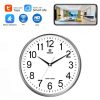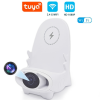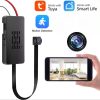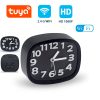Uncategorized
Analysis of camera angle difference and night vision function
As the core component of modern security, monitoring and intelligent equipment, the performance parameters of camera directly affect the actual use effect. Among them, viewing angle and night vision ability are the two core indicators that users pay most attention to. In this paper, taking 60 narrow angle camera and 115 wide angle camera as examples, combined with the difference of night vision function, the technical characteristics and applicable scenes are analyzed.
First, the difference of viewing angle: 60° vs 115°.
Coverage and detail presentation
60 narrow viewing angle:
The viewing angle is narrow and the coverage area is relatively concentrated. Suitable for fixed-point monitoring (such as doorways, checkout counters, corridors and other narrow areas), with clearer details in the central area of the picture and less edge distortion.
Advantages: the target subject is obviously enlarged, and it is suitable for high-precision scenes such as face recognition and license plate capture.
Limitations: it is necessary to cooperate with multiple cameras to cover a large area, and the cost may increase.

115 wide angle:
Wide viewing angle, single camera can cover a larger area (such as living room, warehouse, parking lot, etc.). However, there may be barrel distortion in the edge picture, which leads to the bending of straight objects.
Advantages: reduce the number of cameras and save deployment costs; Suitable for panoramic monitoring.
Limitations: The resolution of the details in the central area may be reduced, and it is necessary to rely on algorithms to correct the distortion.
Installation height and monitoring distance
The 60 camera is recommended to be installed at a height of 3-5 meters, which can clearly capture medium and short-range targets (such as faces).
The 115 camera is suitable to be installed at a height of 2-3 meters, taking into account the panoramic view and the middle distance details. If the installation is too high, the ground target may be blurred by wide-angle stretching.
Comparison of typical application scenarios
Parameter 60 narrow viewing angle 115 wide angle
Applicable to scene entrances and exits, key area monitoring halls, parking lots and courtyard monitoring.
Detail requirements, high-precision identification, and large-scale situational awareness
Installation complexity requires multi-camera coverage, and single camera coverage is wide.
The price is usually low (basic model) and high-end (including distortion correction)
Second, the differentiation technology of night vision function
Night vision ability is the key index for cameras to work in low light or all-black environment. At present, mainstream technologies are divided into the following two categories:
Infrared night vision
Principle: Invisible light is actively emitted by infrared fill light (wavelength 850nm or 940nm), and the camera sensor receives reflected light for imaging.
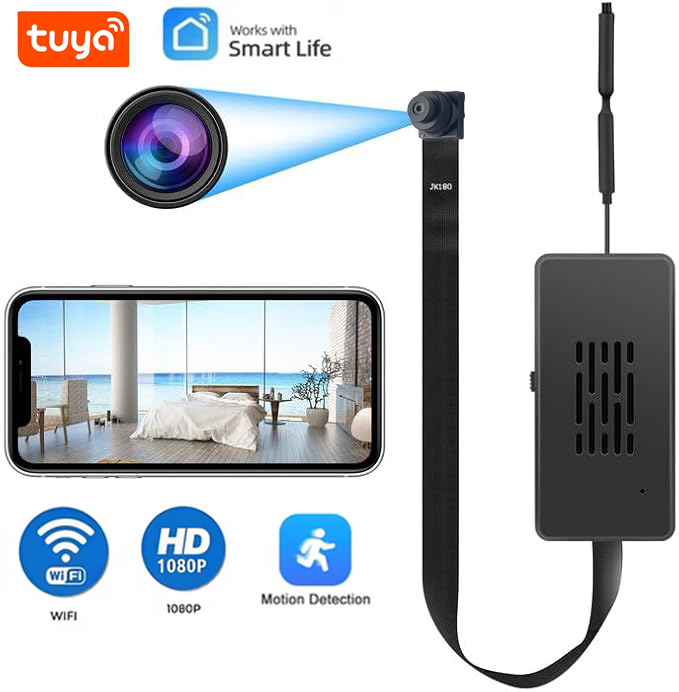
Features:
It can still be imaged in all-black environment, but the picture is black and white.
The effective distance is affected by the power of infrared lamp (usually 5-30m).
Low cost and high popularization rate.
Disadvantages: strong light environment may be overexposed; Infrared lamp has a limited life; The 940nm version has no red exposure (more hidden).
Starlight/Color Night Vision
Principle: Large-size CMOS sensor (such as 1/1.8 “) and high-sensitivity technology are used to shoot color pictures directly under weak ambient light (such as moonlight and street lamps).
Features:
Low illumination (below 0.001 lux) still retains color information.
No infrared fill light is needed, so it is more concealed.
The picture has less noise and higher dynamic range.
Disadvantages: expensive; A completely dark environment still needs to be filled with light.
Hybrid night vision technology (Hybrid Mode)
Some high-end cameras combine two technologies: giving priority to full-color mode and automatically switching infrared night vision when the light is insufficient to balance the cost and effect.
Third, the linkage influence of visual angle and night vision
Challenge of wide-angle camera night vision
The 115 wide-angle lens needs to be matched with a higher-power infrared lamp or a more sensitive sensor, otherwise there may be dark corners or increased noise in the edge area.
Night vision advantage of narrow-angle camera
The narrow viewing angle of 60 is concentrated in the coverage area, and the night vision picture is brighter and more uniform under the same infrared power, which is suitable for remote monitoring (such as the perimeter of a fence).
Fourth, purchase suggestions
Choice of visual angle
Home security: 115 wide angle is preferred (covering living room/courtyard).
Commercial monitoring: 60 narrow viewing angle (cashier/shelf) and 115 wide angle (entrance and exit) are used in combination.
Night vision function selection
Limited budget: infrared night vision+60 narrow viewing angle (such as garage monitoring).
High-end demand: starlight full color+115 wide angle (such as villa courtyard, 24-hour shop).

summary
The camera’s viewing angle and night vision ability need to be flexibly matched according to the actual scene. Narrow viewing angle is accurate, wide angle is heavy coverage; Infrared night vision is economical and practical, and full-color starlight experience is better. In the future, with the popularity of AI algorithms (such as distortion correction and intelligent noise reduction), the compatibility between wide-angle and night vision performance will be further improved.

